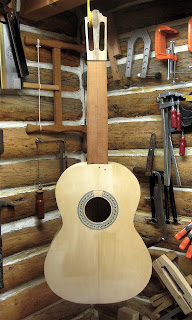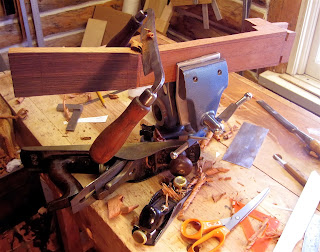Posts
Showing posts from December, 2013
A Blonde Guitar - Making a Copy of the FE 19 Guitar by Antonio Torres: The Fretboard
- Get link
- X
- Other Apps
A Blonde Guitar - Making a Copy of the FE 19 Guitar by Antonio Torres: Routing the Binding Ledges
- Get link
- X
- Other Apps
A Blonde Guitar - Making a Copy of the FE 19 Guitar by Antonio Torres: Binding and Purfling
- Get link
- X
- Other Apps
Basic Hand Tool Kit for Making a Classical Guitar, Revised
- Get link
- X
- Other Apps
A Blonde Guitar - Making a Copy of the FE 19 Guitar by Antonio Torres
- Get link
- X
- Other Apps
A New Workbench, Part 1, or No More Tool Chests in My Studio!
- Get link
- X
- Other Apps
When Things Go Wrong-Fixing Holes in a Classical Guitar Headstock
- Get link
- X
- Other Apps







